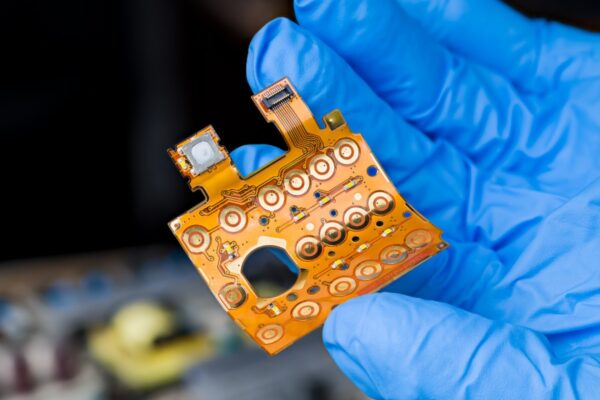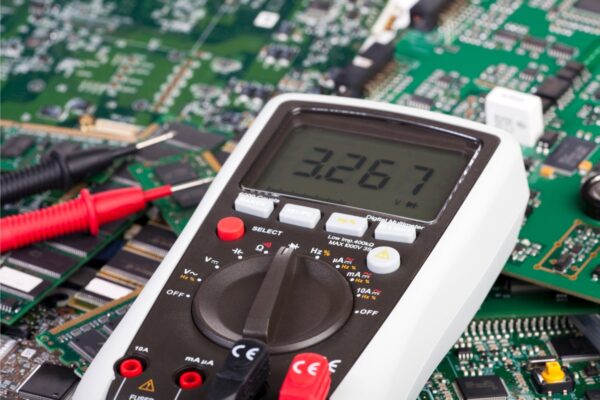What is Arc Resistance
Arc resistance is the ability of an insulating material to withstand a high-voltage electric arc without the formation of a conducting route over its surface. It is a crucial property to consider when selecting materials for applications that are susceptible to electric arcing.
When a high voltage source of current causes a leakage or fault channel through the surface of an insulating material, a carbonized path forms slowly, appearing as a thin line between two electrodes. The time it takes for this conducting channel to form along the material’s surface is used as a measure of its arc resistance.
Arc resistance is important in ensuring the reliability and safety of electrical systems. It prevents the formation of conducting paths that can lead to short circuits or other electrical failures. Plastic materials with strong arc resistance qualities are often preferred in situations where electric arcing is a concern.
Arc resistance can vary from material to material, and therefore, comparisons between different materials need to be made using quantifying properties in terms of time units. The longer it takes for a conducting channel to form, the higher the arc resistance of the material.
Frequently Asked Questions
What Is the Value of Arc Resistance
Arcing tests conducted in the electrical laboratory have shown that the resistance of the low-voltage arc in ohms can be estimated by dividing 40 by the arcing current raised to the power of 0.85.
What Causes Arcing on a PCB
Arcing on a PCB is caused by the presence of an unexpected high voltage induced or generated by a conducting element on the board, which is in close proximity to a conductor with an opposite or significantly lower charge. This can occur at various points on the board, such as components, pads, traces, or connectors, which act as the transmission or reception point for the arc.
How Do You Increase Arc Resistance
Splitting the arc into multiple smaller arcs in series is a method to increase the resistance of the arc. This technique allows each individual arc to undergo lengthening and cooling, resulting in increased resistance. Introducing conducting plates between the contacts can be used to split the arc.





